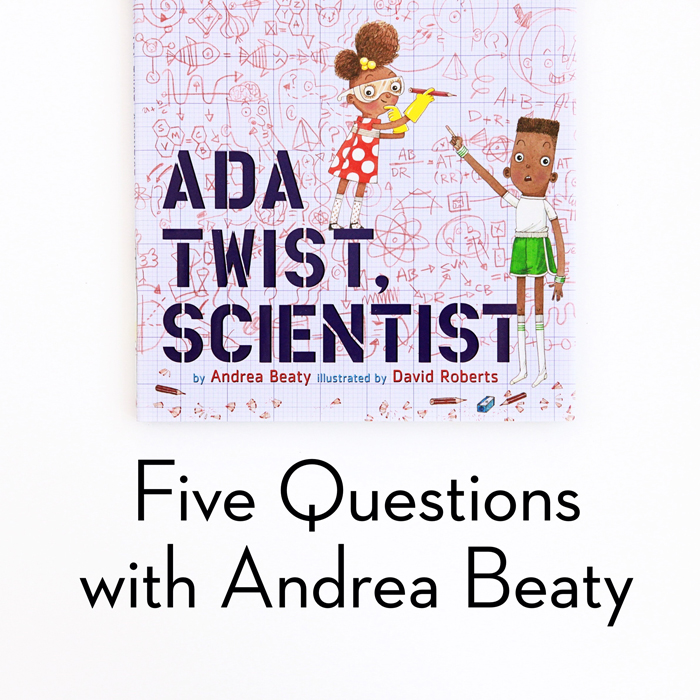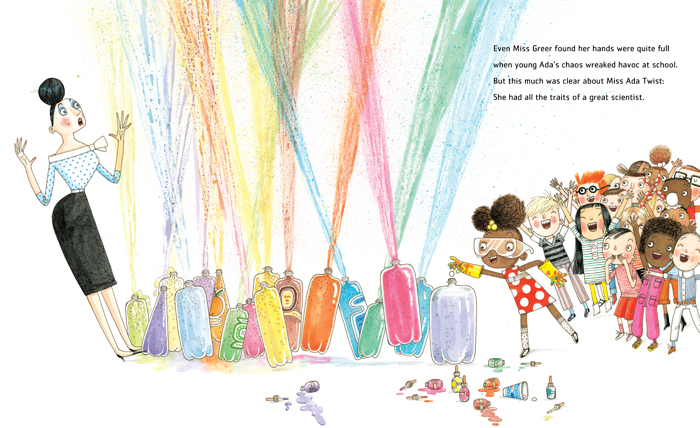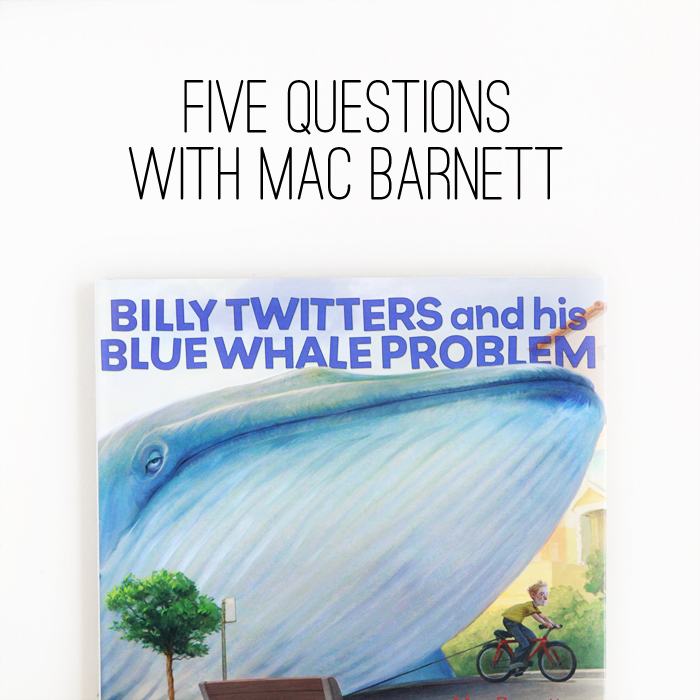
We are fortunate to have both author Minh Lê and illustrator Isabel Roxas stop by for this week's Five Questions to talk about their latest book, LET ME FINISH! I hope you enjoy getting to know the people behind the book and the story behind the story as much as I have.
Also, thanks to Isabel, one reader will win a copy of LET ME FINISH! along with a few other surprises. Head over to @averyandaugustine on Instagram to enter the giveaway.
First, five questions with Isabel Roxas.
As a kid, when did you realize you were a creative type?
I didn’t think about it much as a child. I just did what I found enjoyable—playing in the park, drawing, conjuring worlds with my cousins, and reading—and avoided the things I disliked: piano practice, math tutorials and homework. I loved (and continue to love) learning things, so I took all sorts of after-school lessons from Philippine dance to classical guitar. Somehow only the drawing stuck, and now most of my dancing only happens in the dark.
How did you become an illustrator?
It was a confluence of things—There was a new bookstore in town called “Young Minds,” and they specialized in children’s books. I started collecting picture books in my freshman year of college, and started a weekly pilgrimage to the store. One day, I saw a group of artists painting a flying dragon mural in the store. I was very impressed by their handiwork and asked how I might do what they were doing. It turns out that they were part of a newly-formed children’s book guild called Ang Illustrator ng Kabataan (Ang INK) or Illustrators for Children.
They were mostly folks who worked in advertising, artists and art professors, and they let me sit-in their meetings, listening and absorbing. They were all very kind and generous with their knowledge. After attending meetings for about a year or so, I got my first assignment from the Junior Inquirer (The children’s supplement of The Philippine Daily Inquirer) and I never thought to do anything else.
What was it like collaborating with Minh on Let Me Finish?
It was great! Minh is a hilarious, generous and thoughtful writer. He is mindful of what an illustrator can bring to the table—it was a pleasure to work with a manuscript that directed action precisely, but left so much room for my own wild imagining. He was also supportive. It is unusual for authors and illustrators to meet before the book is out, but somehow we did meet while the book was in progress, so we shot secret encouragement emails to each other (shhh...don’t tell our editor).
What are some things you love about where you live now, New York, and where you grew up, the Philippines?
Here in NY I love the individuality of people, and their directness. Not a lot of hemming and hawing—just the truth (most of the time). I also like how people are so driven. It is competitive here, but I also find that there is a camaraderie in the pursuit of one’s passion, and it can wring the best out of us.
As for the Philippines, I love the ingenuity of people and the “make it work” ethos. I also love the abundance and diversity of traditional crafts—some regions are known for the mat weaving, while others are great at pottery and still others specialize in textile weaving. It is basically a nation of artisans. Oh and the food of course! My mother likes to say that “Happiness is a ripe mango” and I couldn’t agree more.
Do you have any new books or projects in the works?
I have a few pieces in an exhibition curated by Leonard Marcus called The Picture Book Re-Imagined: The Children's Book Legacy of Pratt Institute and the Bank Street College of Education. It just opened and runs through Sept. 15, 2016 at the Pratt Manhattan Gallery.
I am writing my own stories (more about those at a later date), while also working on a book for Adarna House in the Philippines all about street vendors and the things they do all day.
Now over to five questions with Minh Lê.
Congratulations on your your debut children’s book (which is amazing, by the way). Can you tell us a little bit about how you decided to start writing picture books?
Thanks so much, I'm so glad you enjoyed the book... and thanks for having me in for a chat!
I've been a fan of picture books my entire life, but it wasn't until I was a senior in college that I started to seriously think about publishing a children's book. But life has a way of taking you in different directions and I headed down a very rewarding career in education and policy. But I never let go of that idea of writing a children's book.
Along the way, I starting writing about picture books and for the past ten years I've had the chance to review picture book on my blog, for the Huffington Post, and recently for the New York Times. But it wasn't until a few years ago that I finally decided (with a helpful kick in the pants from my wonderful wife) to pick one of the ideas I had bouncing around in my head and actually send it out into the world.
What inspired the story in Let Me Finish?
I think at the time I was brainstorming, people were freaking out about spoilers for either Downton Abbey or Breaking Bad, but I was also inspired by the fervor around each Harry Potter release and how people would camp out to get through a book before anyone could spoil the ending. I loved seeing the tension between love for something (books, TV shows, etc.) and how it's a double edged sword when that love makes you want to share with other people.
This is nothing new, but it feels particularly prevalent these days with how given how we engage on social media. So I thought that tension would make a good starting point for a book. Whether or not children fully grasp the concept of spoilers, I thought the dynamic would make for a good read aloud, and I loved the idea of writing a book where reading was the commodity.
What did you learn about yourself in the process of writing the book?
Part of the reason I didn't get around to sending out any manuscripts into the world was that I grew up drawing and painting so I always had it in my head that I would do the writing and illustrating for a book. But I never put the time and effort into my art to get me anywhere close to the realm of an actual professional illustrator. So every idea I had would die on the vine when I tried unsuccessfully to put that idea down on paper.
Realizing that my end goal was to create a book, not necessarily to illustrate a book was the breakthrough moment for me (again, credit goes to my wife for helping me come to this realization. Seriously, I wouldn't have gotten anywhere without her.) So realizing that I could write the text for a picture book and partner with an illustrator was a revelation. And then to get to work with someone as fantastic as Isabel Roxas is an absolute dream.
I could go on and on about Isabel (she's like family now), but I'll just say this about the collaborative process. People often ask me what it's like to have someone else illustrate my book. And I tell them that they're looking at it wrong: It's not that an illustrator is illustrating MY book, but more that my text is creating space for an illustrator to work their magic and bring OUR story to life. As someone who loves picture books and values the interplay between text and image, I personally think that's the only way for a picture book collaboration to truly work.
Who are some of the writers who have influenced you the most?
Hoo boy... with the full understanding that I will revisit this list and want to add to it as soon as I submit it to you, here's a start: Crockett Johnson, Vera Williams, Helen Oyeyemi, David Foster Wallace, Astrid Lindgren, Mac Barnett, Orhan Pamuk, Eiji Yoshikawa, Beverly Cleary, Gene Luen Yang, Evaline Ness, Thomas Wolfe...
What are you reading at the moment?
Funny that you ask. I was just asked to compile my summer reading list for School Library Journal (I always love those lists so was super-psyched to be invited to join in the fun this year), so here's what's on my list at the moment:
I'm on a fiction kick right now, so when I come up for air from my sea of picture books, I'm reading What is Not Yours is Not Yours by Helen Oyeyemi (who I consider a storytelling wizard) and Sleeping Giants by Sylvain Neuvel (robots!).
I've also been making a point to read more middle grade/YA, so I've started Melissa Sweet's charming Some Writer! The Story of E. B. White and have my sights set on The Girl from Everywhere by Heidi Heilig, Shadowshaper by Daniel José Older, and Unidentified Suburban Object by Mike Jung.
And because I'm always scrambling to fill the many gaps in my reading background, some older titles on my list are: Thomas Wolfe's Of Time and the River (his follow up to Look Homeward Angel, which is one of my all-time favorites), Cane by Jean Toomer, and Harriet the Spy by Louise Fitzhugh (maybe then I won’t have to hang my head in shame whenever I’m in kidlit circles).
Thank you, Isabel and Minh, for giving us such wonderful insights into your backgrounds, the collaborative process and what inspires both of you.

















